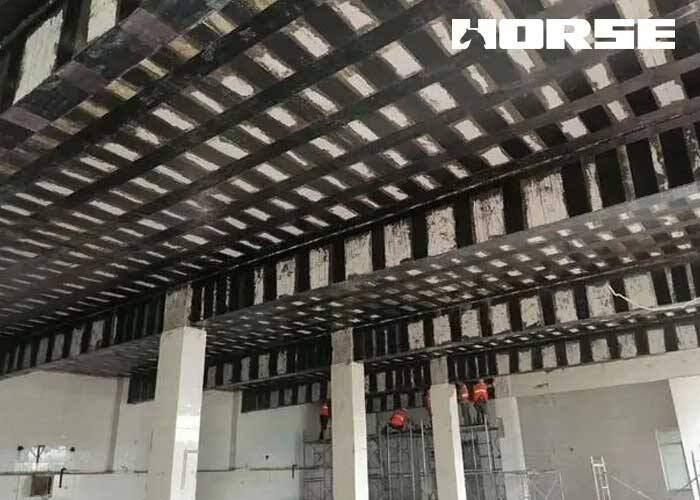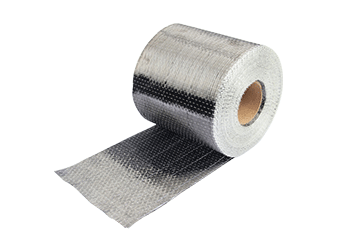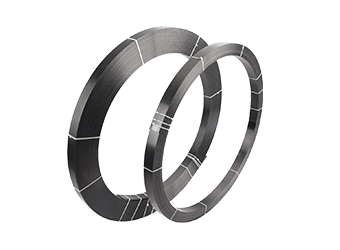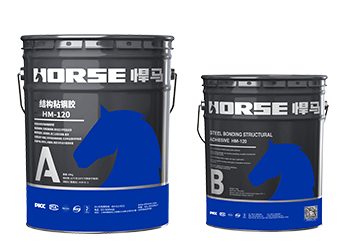Soluções
A Horse Construction oferece uma ampla gama de materiais de reforço estrutural, incluindo suporte técnico, suporte de documentação, suporte de produtos, suporte de software e suporte de projeto.
Carbon fiber, steel reinforcement, concrete patch and concrete overlay

Carbon fiber is a relatively new structural strengthening method compared to traditional methods such as steel reinforcement, concrete patch and concrete overlay. Here are some key differences and advantages of carbon fiber compared to other structural strengthening methods:
Carbon Fiber Reinforcement:
Advantages: High strength-to-weight ratio, corrosion-resistant, minimal disturbance during installation, can be designed to blend in with existing structure, can be used in areas with limited space or accessibility, fast installation times
Disadvantages: Higher cost than traditional repair methods, may not be suitable for all repair applications
Steel Reinforcement:
Advantages: Proven track record in concrete reinforcement, widely available, cost-effective
Disadvantages: Susceptible to corrosion, requires surface preparation, adds weight to the structure, can be difficult to install in tight spaces, may require additional structural supports
Concrete Patching:
Advantages: Can be used for a wide range of repair applications, relatively low cost, easy to apply, can be painted or coated to match existing structure
Disadvantages: May not provide the same level of strength and durability as reinforcement methods, may be prone to cracking or delamination over time, can be time-consuming to install for larger repairs.
Concrete Overlay:
Advantages: Can be used for a wide range of repair applications, relatively low cost, easy to apply, can be painted or coated to match existing structure
Disadvantages: May not provide the same level of strength and durability as reinforcement methods, may be prone to cracking or delamination over time, can be time-consuming to install for larger repairs, may require additional structural supports
In general, carbon fiber is most advantageous in situations where traditional methods are not practical or possible, such as in areas with limited space or accessibility. Carbon fiber is also a good choice for applications where weight, corrosion resistance, or appearance are key concerns.
Ultimately, the choice of structural strengthening method will depend on a variety of factors, including the severity of the damage, the load requirements of the structure, and the expected service life of the repair. A qualified consultant can help determine the best method for a specific application.
Você pode encontrar tudo o que precisa aqui. Confie e experimente esses produtos, você vai perceber uma grande diferença depois.

A fibra de carbono da Horse Construction é para reforço estrutural, reparo e modernização de substratos de concreto, alvenaria, aço e madeira em edifícios, pontes, rodovias, ferrovias, túneis, píeres e aeroportos civis.

O laminado de polímero reforçado com fibra de carbono Horse (CFRP) é um laminado composto pré-curado, colado na estrutura como reforço externo com epóxi HM-120CP.

O adesivo de colagem de placa de aço estrutural HM-120 é um produto epóxi de dois componentes, com forte adesão, cura em temperatura ambiente. Possui excelentes propriedades antienvelhecimento, resistência ao choque em autoadesão e adesão mútua de aço e co